科技论文 Road to Well Completions Electrification to Support Sustainable Field Development
Description of an all-electric completion and its economic, technical, and environmental impact.
The future is on—reduce your infrastructure and energy requirements while maximizing hydrocarbon recovery

Minimize your carbon footprint with longer step-outs, cleaner energy, and reduced infrastructure.
Oil and gas production is complex and capital intensive, even more so with the growing emphasis on decarbonizing operations. Delivering secure production at the lowest cost and carbon per barrel requires technology that improves recovery efficiency and reduces infrastructure. A piecemeal approach of updating individual components cannot deliver full value. Only systemic electrification and digitalization enable material improvements in production and recovery efficiency and reduce the required facilities and equipment. For example, these capabilities enable connecting untapped reserves, irrespective of the distance, to existing offshore infrastructure or an onshore facility with available capacity. The resulting significant reduction in project cycle time and costs and the ability to produce previously inaccessible reserves redefine a project’s net present value (NPV) for the better.
The takeaway? Reducing time to market and cost and decarbonizing production are not mutually exclusive goals. Electrification and digitalization of production systems are the key enablers.
Electrification and digitalization of completions provide the greatest opportunity to increase field recovery efficiency and reduce infrastructure. Available as a module for the Petrel™ E&P software platform, Petrel advanced completion optimization (ACO) incorporates a workflow to efficiently screen multiple concepts and enable selecting designs that maximize value. You can easily identify well inflow control designs to optimize hydrocarbon recovery with respect to a wide range of factors, including project economics, constraints, and environmental footprint. Use our accelerated simulation workflows to evaluate designs—and rapidly reevaluate and update them postdrilling. Realize the full differentiated value that’s possible only when using electric completions with their higher recovery factors and lower costs and emissions for the life of the field.
Enabled by our ESP-noise-immune, field-proven power delivery and bidirectional telemetry, active high-precision control of more than the usual two zones brings new completion opportunities to longer and deeper wells. Our electric intelligent completions support distributed inflow measurement and instant precision control across the sandface. Not only do they give you virtually unlimited control, they also enable comprehensive monitoring. But simply acquiring volumes of data isn’t enough—how do you efficiently extract useful meaning? Our production optimization digital workflows for intelligent completions enable consolidation and visualization of hundreds of channels of high-frequency data from intelligent completion sensors via simple plots. These workflows provide advice on optimal interval control valve (ICV) settings for improving well cleanup and production, while reducing data analysis and decision time by a factor of 10 compared with conventional techniques. Freed from routine data manipulation, your production engineers can focus on higher-value tasks.

案例分享
Optimizing interval control valves in real time maximizes oil production and prevents oil bypass in two damaged zones.
Read case study
Incorporates a workflow for reservoir-centric lower completion design and interval control valve optimization across well life. View

Optimize well performance and reservoir management strategy. View

Optimize recovery with digital data and production control that minimize interventions and help you manage water and gas production. View
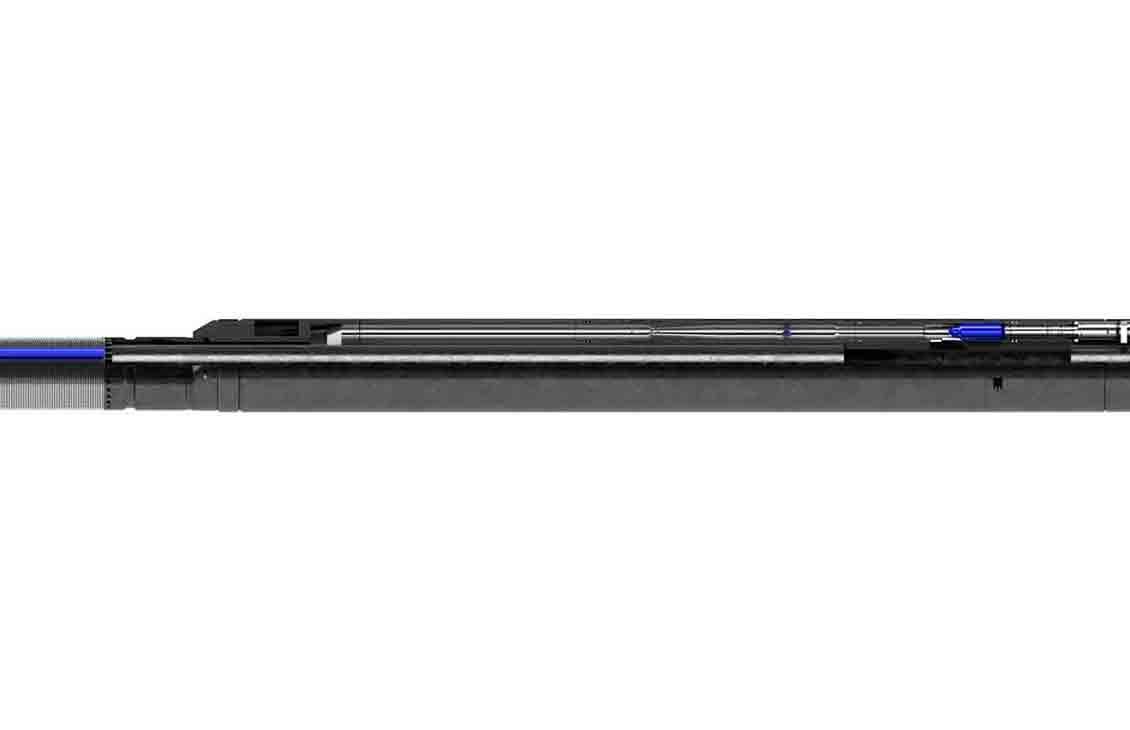
Optimize recovery by monitoring and controlling flow from many zones and compartments in real time, even in multilateral wells. View
Electrification and digitalization of subsea production systems (SPS) provide a reliable, scalable conduit that eliminates the constraints, high expansion costs, and failure modes common to complex hydraulic or multiplexed electrohydraulic control systems. SPS electrification also improves the economic feasibility of long tiebacks while reducing or reusing surface infrastructure. Operating an electric subsea tree requires no more power than a domestic vacuum cleaner.
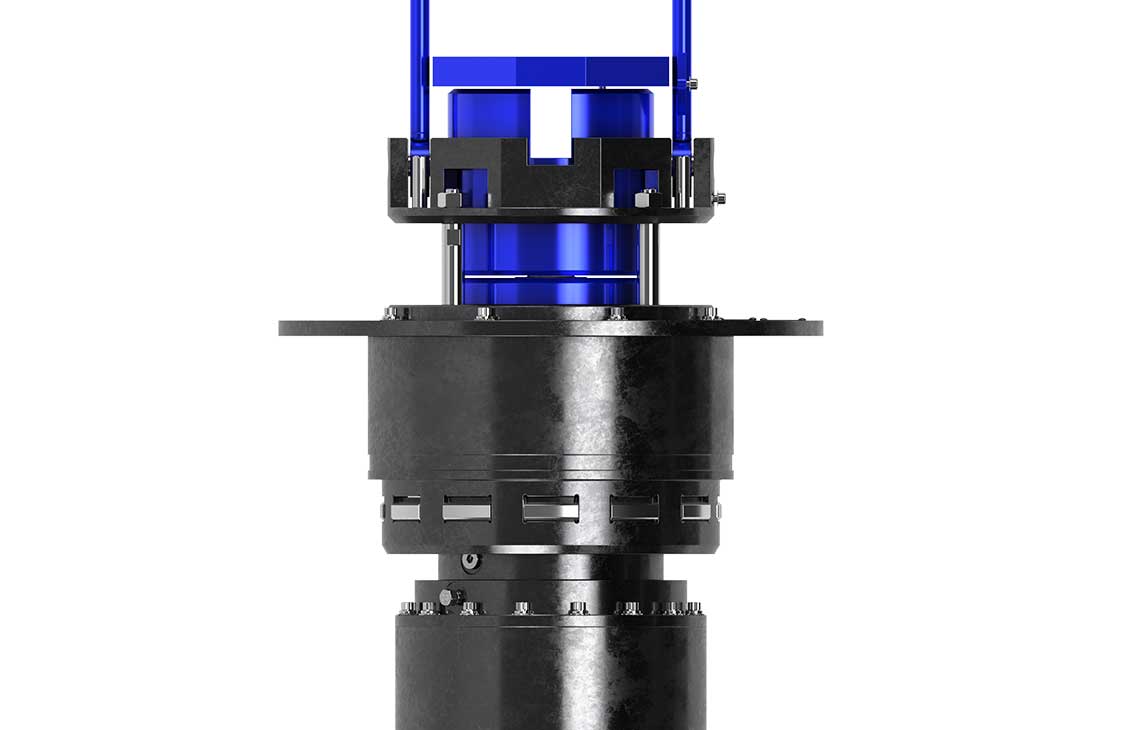
Redefine achievable accuracy with nonintrusive line-of-sight ultrasonic flowmetering. View
Going all-electric with your subsea and completion technologies fundamentally changes the technical and economic feasibility of some reserves, especially in complex reservoirs. You’ll be able to backfill declining oil production processed through your existing offshore hosts with accretive resources tied back from tens to hundreds of kilometers away. Reusing existing infrastructure shortens the time to positive cashflow. If your production and recovery need a lift, introducing electrification and digitalization through high-reliability electric submersible pumps, subsea boosting pumps, and subsea multiphase compression significantly improves production time on plateau and recovery with much better energy efficiency than pumping from shore. You can produce from farther wells and deeper water than was economically feasible before—with much lower energy consumption and carbon impact.

案例分享
Subsea multiphase compression system will deliver up to 50 billion m3 more gas from mature North Sea field.
Read case study
Increase well flow and recoverable reserve with our subsea pumps View

Provide flexible solutions with the highest flowrates and pressure ratio capabilities in the industry View

Subsea live optimizes subsea asset performance through AI, automation and OEM expertise in a collaborative digital solution View
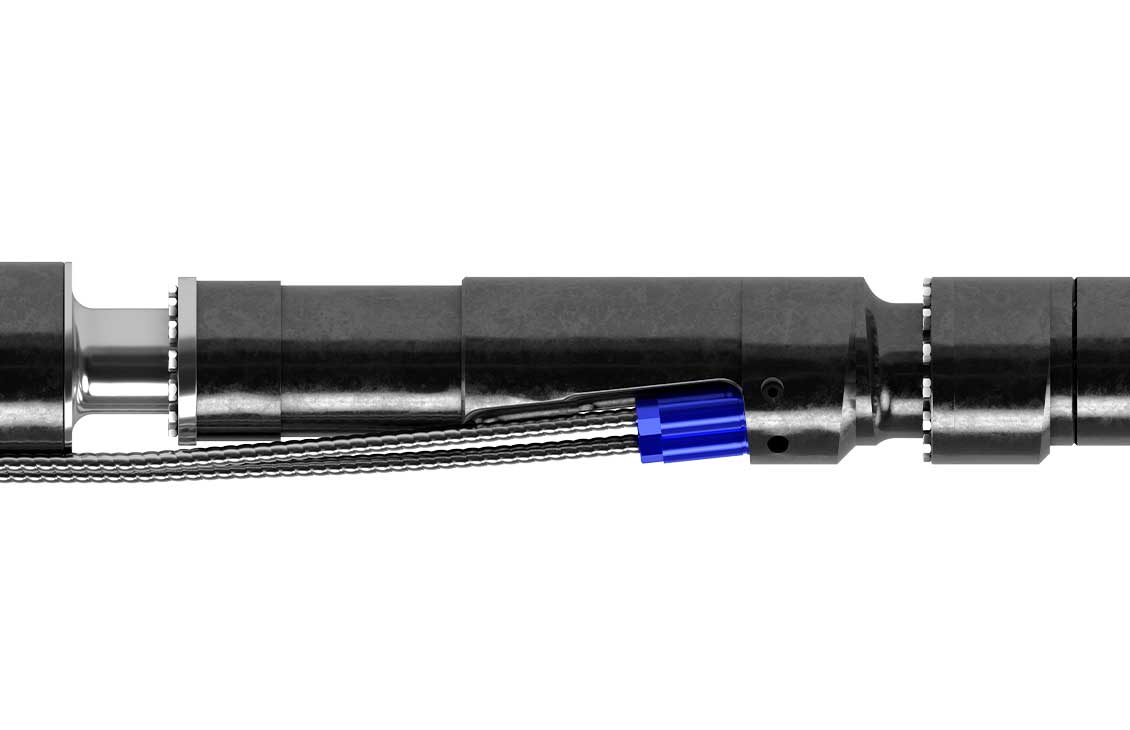
Maximize run life using one integrated system for subsea, deepwater, and hostile environments. View
Normally unattended facilities and installations (NUF and NUI) benefit immensely from electrification and digitalization of surface production equipment, such as surface production trees. Converting from hydraulic to electric systems eliminates hydraulic failure modes, risk of hydraulic fluid releases, and routine in-person preventive maintenance mandatory for legacy technology. Freeing operators from these constraints enables reducing personnel on board or ultimately, adopting NUF. If routine inspection is a concern, we have you covered with our autonomous robotic inspection capabilities.
Read more

面试
Digital Product Champion Justin Blain makes the case for replacing hydraulic actuations with electric surface systems to improve performance reliability and sustainability.
Read article
Reduce opex, capex, and environmental impact. View

Measure injection and production rates remotely and in real time to improve decision making. View
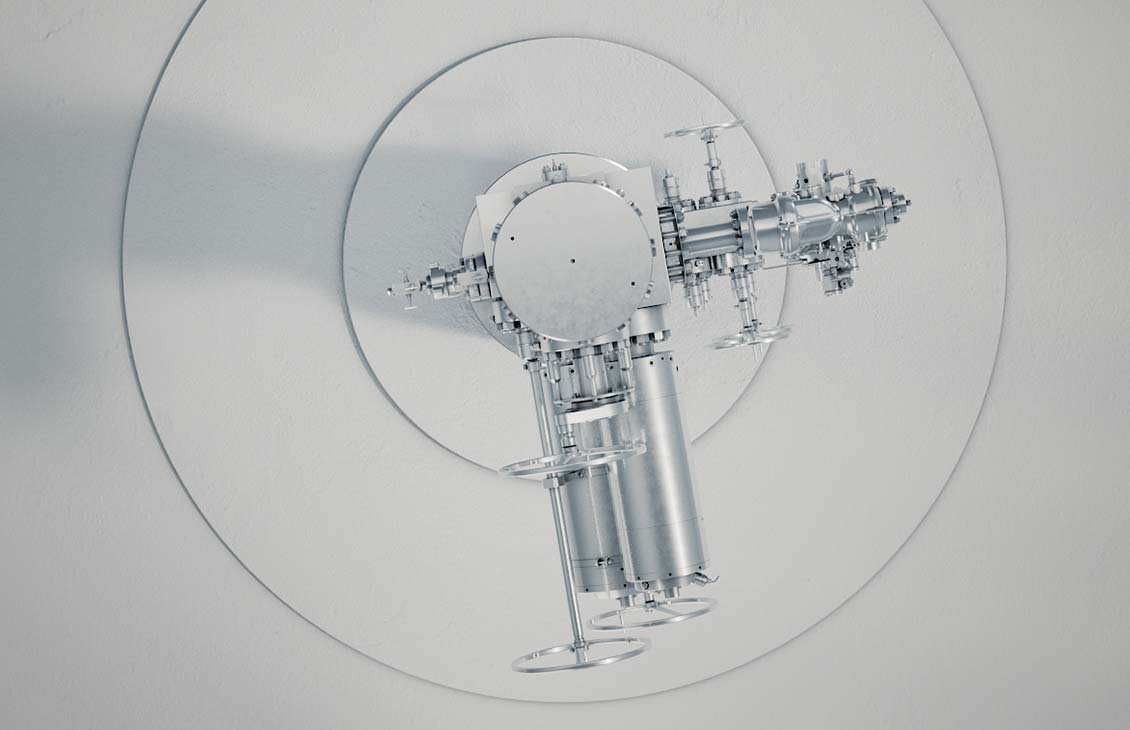
Digitalization and automation provide control and data to reduce cost, minimize HSE risk, and maximize reliability. View
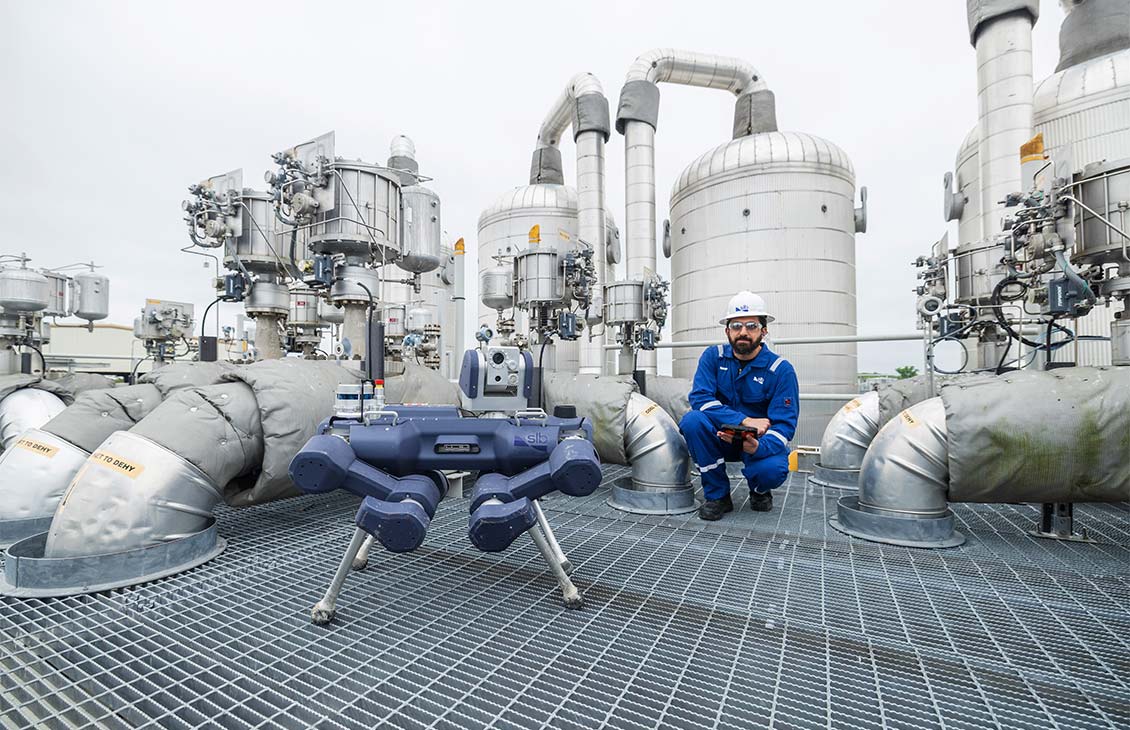
Enhance safety, increase facility uptime, and free up expert personnel. View
Modeling and simulations to enable realizing the full potential of an electric well completion are easier than ever with the Petrel™ E&P software platform and INTERSECT™ high-resolution reservoir simulator. At the completion concept selection stage, the Petrel Advanced Completion Optimization (ACO) module and rich functionality of the Petrel platform enable identifying the well design—single-bore or multilateral well, number of laterals, conventional, inflow control device (ICD), or intelligent completion—that will maximize recovery at the well or field level.
Considering an intelligent completion? Your reservoir and completion engineers can use Petrel ACO to optimize interval control valve (ICV) selection for maximizing hydrocarbon recovery and delaying breakthrough of unwanted fluids, such as water and gas. The workflow can assess use of ICVs with on-off, multiposition, or infinitely variable chokes—unique to SLB. Electric infinitely variable ICVs provide high-precision control of each interval’s production contribution.
An electric intelligent completion can improve recovery, suppress water and unwanted gas production, reduce well count, and enable decreasing or reusing surface and subsea infrastructure—while requiring only the power needed to operate a 100-W light bulb. Electric completions eliminate the constraints imposed by hydraulic and electrohydraulic completions on wellbore length and the number of intervals controlled per well.
